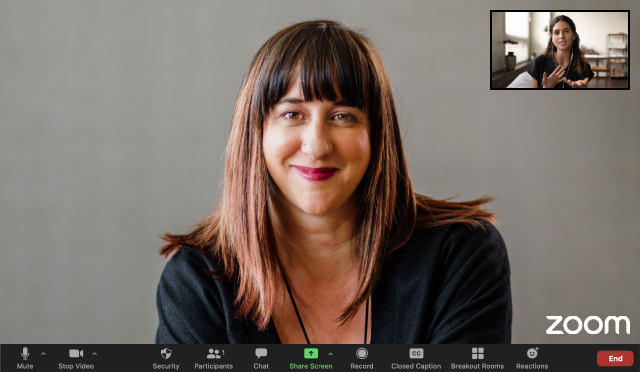As we slowly emerge from our varying degrees of hibernation, many of us in the nonprofit world are wondering what in-person events should look like in this new normal. At Anchor Marketing, we’ve also wondered what our event consultation and development services should look like. Is there a way to have both an effective and safe in-person gathering? We believe the answer is still “Yes.”
Event consultation and development for nonprofits
There is a lot to love about digital marketing and events. In general, the planning is simpler, the costs are reduced and there are no concerns about health and safety. However, there is no denying the power of being in-person for strengthening bonds and generating much-needed funds.
Here are some simple suggestions for planning and executing in-person events while respecting individual needs.
1. Find ways to clearly communicate comfort levels
No matter a person’s stance on pandemic restrictions, everyone is easing back into in-person events at their own pace. One way to alleviate the uncomfortable aspect of gauging comfort levels, is to set up visual cues so event attendees can communicate where they’re at without being asked.
Colour-coded wristbands or drinking glasses are a great way to help people understand how individuals would prefer to be interacted with at an in-person event.
For example:
- Green = handshakes or hugs welcome
- Yellow = no touching, but talking is welcome
- Red = I am social distancing
Ahead of the event, make sure to prepare a simple system and communicate it to your donors. Once they arrive, all they need to do is choose the colour that they’re most comfortable with, and proceed to enjoy the event.
2. Make personal choice easy
In Canada and the United States, masking has become a somewhat polarizing debate. Some people are passionate non-maskers while others won’t go out in public without a mask. Most people fall somewhere in the middle, where they wait to see what a public space is like before deciding whether to mask up or not.
So what’s the best practice when planning an in-person event?
First, make sure your event is following your local mandates. If masks are not required but you’re concerned your guests will not be comfortable at a maskless event, then consider having your staff wear masks so folks who decide to wear masks don’t feel singled out.
If attendees have the choice to wear a mask or not, try to create an environment where everyone feels empowered to make the best choice for themselves without pressure.

3. Consider open-air venues
If you have the option of holding your event indoors or outdoors, consider a venue with an outdoor space. There are many beautiful terraces, gardens and patios that can help you create an intimate-feeling event while still allowing for fresh air and open space.
Even in the middle of winter, your guests will appreciate having the option to step outdoors without leaving the event entirely. Consider adding heat lamps or a large tent to create that indoor/outdoor feel, so guests can remain comfortable and at ease.
4. Prepare for the unexpected
It may seem like an oxymoron, but we can use the information we have to plan for the future. The past few years have taught us all tough lessons on just how fast things can change, and about having to pivot and adapt quickly.
When preparing for an event, it’s a good idea to think through what could change leading up to the date including:
- Having back-up plans available should a venue fall through, vendors cancel, staff become ill, restrictions come into place, the event needs to shift from in-person to virtual, etc.
- Taking a flexible approach towards attendance—with the extra measures of uncertainty that has come into everyone’s lives, it has become more difficult to commit. It is no longer unusual for people to RSVP and then be unable to attend
- Plan for increased costs. Whether it’s extra insurance, additional staff to cover potential illness or the cost of goods rising, adding a buffer into your budget for things to cost more will allow you to take an agile approach to planning
As we all navigate the transition from being apart to adjusting to the new normal, it’s important to be considerate of all comfort levels. When you create a welcoming and safe space for people to gather, you’ll be able to focus on building stronger relationships and having a successful event.
Have any more questions about non-profit development? Let us know!
